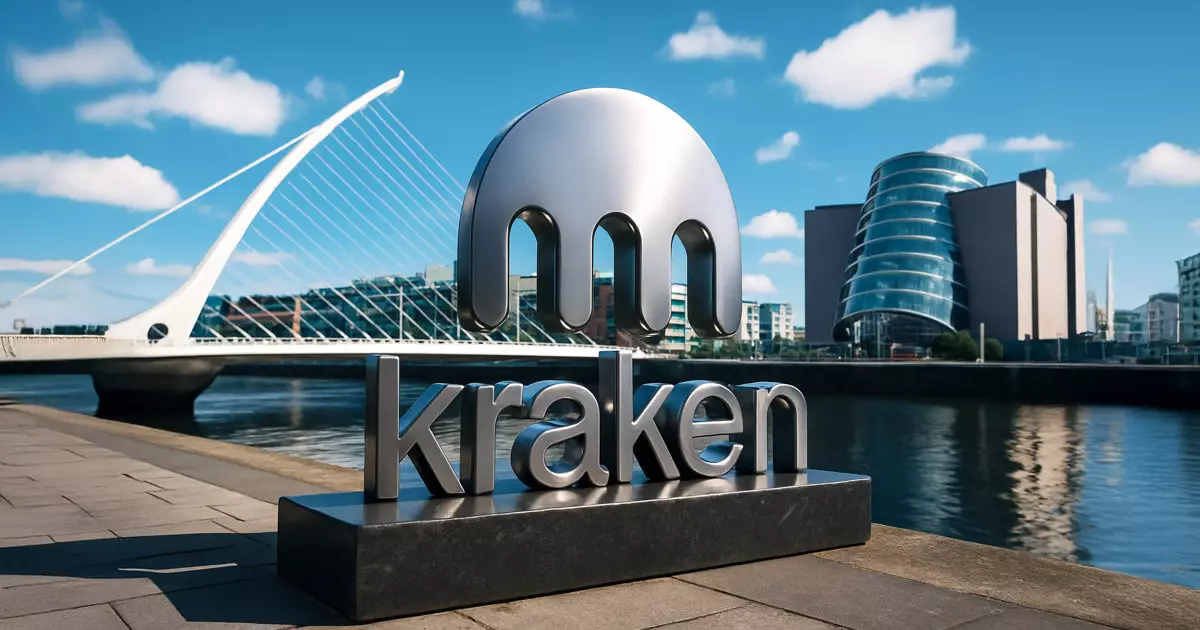In a world where uncertainty looms large over the cryptocurrency landscape, Kraken has decisively emerged as a beacon of ambition and strategic foresight by becoming the first major global crypto exchange to obtain a full Markets in Crypto-Assets (MiCA) license from the Central Bank of Ireland. This groundbreaking move is as much a testament to Kraken’s adaptability and visionary leadership as it is an outright rejection of the anxiety that has gripped much of the crypto industry. By positioning itself ahead of the European Union’s looming year-end compliance deadline, Kraken essentially demonstrates that where others see obstacles, it sees opportunities. The potential ramifications for both the firm and the industry at large cannot be overstated.
Merging Compliance and Business Strategy
At its core, Kraken’s decision to pursue comprehensive regulatory approval was driven by a blend of strategic foresight and business acuity. The MiCA license the exchange now possesses empowers it to conduct all seven regulated activities—custody, trading, portfolio management, and payments—across all 30 countries in the European Economic Area (EEA). This strategic umbrella not only simplifies Kraken’s operations by replacing distinct registrations across various EEA nations, such as France and Italy, but also fortifies its legal standing amid evolving regulatory frameworks. It’s a classic case of being proactive in a reactive environment—a quality that not only distinguishes Kraken but illustrates the larger narrative of adaptation that the crypto industry must embrace.
Forging Ahead with Competitive Advantages
Much of Kraken’s success lies in its calculated timing in relation to major regulatory milestones. Just days after Kraken secured its MiCA license, Coinbase followed suit, and this synchronicity emphasizes an accelerating push by leading U.S. exchanges for clarity in European regulations. This dual-licensing saga creates not just compliance but a competitive edge—a passporting right that allows for seamless market access. Traditional finance and modernization within the regulatory framework need not be mutually exclusive, and Kraken’s approach serves to challenge this outdated dichotomy. As crypto trading becomes more mainstream, the capability to navigate multiple jurisdictions with flexibility will emerge as a tactical advantage, especially against an increasingly saturated market.
The Ripple Effect of Regulatory Frameworks
The enactment of MiCA signifies a paradigm shift in the European crypto landscape, effectively replacing 27 disparate national regulations with a cohesive framework. In this scenario, Kraken stands not merely as a compliant player but a potential trendsetter. Crucially, with over 35 percent of euro-denominated crypto liquidity flowing through its platform, Kraken is positioned to redefine what compliance can accomplish in terms of market share. Rather than existing in a perpetual state of uncertainty, Kraken has taken tangible steps to shape a more stable, regulated space in which institutional player participation becomes increasingly viable.
A Proactive Approach to Stablecoin Regulations
Kraken’s forethought in navigating the uncertain waters of stablecoin regulations is nothing short of astute. By proactively aligning its offerings to comply with MiCA’s regulations—dealing with stablecoins such as Tether’s USDT—Kraken is not only setting a precedent but also mitigating future complications arising from the regulations’ tightening grip. The decision to phase out non-compliant stablecoins is strategic; it limits potential exposure and aligns the firm more closely with regulatory expectations. The swift adjustments made by Kraken, including the acquisition of a Cyprus-based entity to secure the Markets in Financial Instruments Directive (MiFID) license, further reiterate this adaptability.
The Burden of Compliance
However, it’s essential to critically assess the burden that regulatory scrutiny imposes not just on exchanges like Kraken, but on the ecosystem at large. Some national regulators may enforce additional anti-money laundering measures, causing friction even in an ostensibly harmonized system. This reality raises questions about whether the regulatory burden will ultimately deter some innovators from entering the market. The tension between compliance and innovation remains palpable and poses a significant challenge for the industry as a whole.
Through these various lifting strategies, Kraken sets an example of what can be achieved within the realities of regulation. It beckons other firms to step forward and navigate these turbulent waters with a similar blend of responsiveness and decisiveness. Far from being a passive observer, Kraken’s journey illustrates that adaptation is not simply a strategy; it is a necessity.

